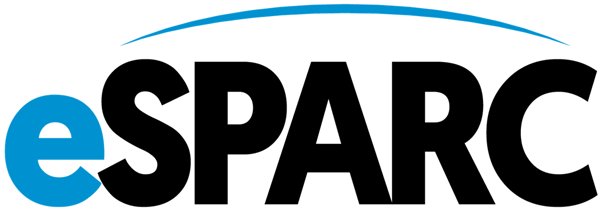In response to President Obama’s Executive Order 13650, the Environmental Protection Agency (EPA) has issued a proposed rule to amend the Risk Management Program (RMP) rule aimed at preventing workplace fatalities like the one that occurred in the fertilizer plant explosion in West, Texas in 2013. The RMP rule requires facilities that use, store, manufacture, or handle extremely hazardous substances to develop risk management plans. The proposed rule is focused on Programs 2 and 3 of the RMP rule which apply to facilities that would impact the public in a worst-case release scenario or that have had an accident with specific offsite consequences within the past five years. Program 2 includes processes that impose streamlined prevention requirements, hazard assessment management and emergency response requirements. Program 3 refers to processes subject to OSHA PSM Standard or classified in one of the listed North American Industrial Classification System (NAICS) Codes. The major changes within the proposed revisions to the RMP are as follows;
- Third-party compliance audits;
- Incident investigation root cause analyses;
- Enhancements to the emergency preparedness requirements;
- Increased public availability of chemical hazard information; and
- Safer Technology and Alternatives Analysis
Third-Party Compliance Audits
EPA is proposing to strengthen the RMP compliance audits in the event of an accident or a significant finding of non-compliance. Unlike the current rule that allows for in-house audits, the proposed rule would require facilities with Program 2 or 3 processes to undergo objective auditing by competent and independent third-part auditors. Within twelve months following an RMP-reportable accident, or three years since the latest compliance audit, the owner of a stationary RMP-regulated source must carry out an independent audit. The proposed rule will keep the three-year compliance audit schedule, but now every process unit for all RMP program elements will be subject to the audit. The independent third-party auditing is intended to be beneficial for the owners and/or operators, the EPA, and the public as it would help to determine the compliance status of all processes and hopefully prevent future accidents.
Incident Investigations
The proposed rule would also require facilities with Program 2 or 3 processes to conduct a root cause analysis as part of incident investigations for any catastrophic releases. The root cause analysis must include information such as a detailed description of the incident, a description of the emergency response, the consequences of the event, and all direct and indirect causes of the incident.
Emergency Preparedness Requirements
The proposed rule would require better coordination between the Local Emergency Planning Committee (LEPC) and emergency responders in order to guarantee that the resources and capabilities are available to respond to an accident. Furthermore, facilities with Program 2 or 3 processes are required to conduct annual notification exercises to ensure that their emergency contact information is accurate. The proposed rule also requires that the facilities conduct a field exercise once every five years. If the facility has an RMP incident, it must carry out the field exercise within a year of the incident. The main purpose of this provision is to ensure that emergency response personnel are aware of their roles in the event of an incident, local responders are familiar with the hazards at the facility, and the emergency response plan is up-to-date.
Increased Public Availability of Chemical Hazard Information
The EPA proposed rule requires facility operators to share information related to chemical hazards, incident investigations, safer technologies, and emergency programs with the public via public meetings. Public meetings must take place every five years and within 30 days of an RMP-related incident.
Safer Technology and Alternatives Analysis
Finally, the proposed rule would require owners or operators of facilities with Program 3 processes to analyze technology alternatives during the process hazard analysis (PHA). This analysis would require the assessment of “inherently safer technologies” (IST); passive measures such as equipment, devices, or technology design; active measures such as engineering controls; and procedural measures like risk management policies. The analysis would be focused on:
Minimization – Using smaller quantities of hazardous substances;
Substitution – Replacing a material with a less hazardous substance;
Moderation – Using less hazardous conditions or a less hazardous form, or designing facilities that minimize the impact of a release of hazardous material or energy; and
Simplification – Designing facilities to eliminate unnecessary complexity and make operating errors less likely.
EPA also proposes to require owners or operators to evaluate the feasibility of implementing any IST. The position of EPA is that a feasibility analysis of any IST would be needed to ensure risk reduction and accident prevention.
If your facility requires assistance with RMP services, contact eSPARC at (281) 333-3339 or complete a request form on our website. We are ready to deliver expert strategies to meet your compliance needs.
 Close
Close




